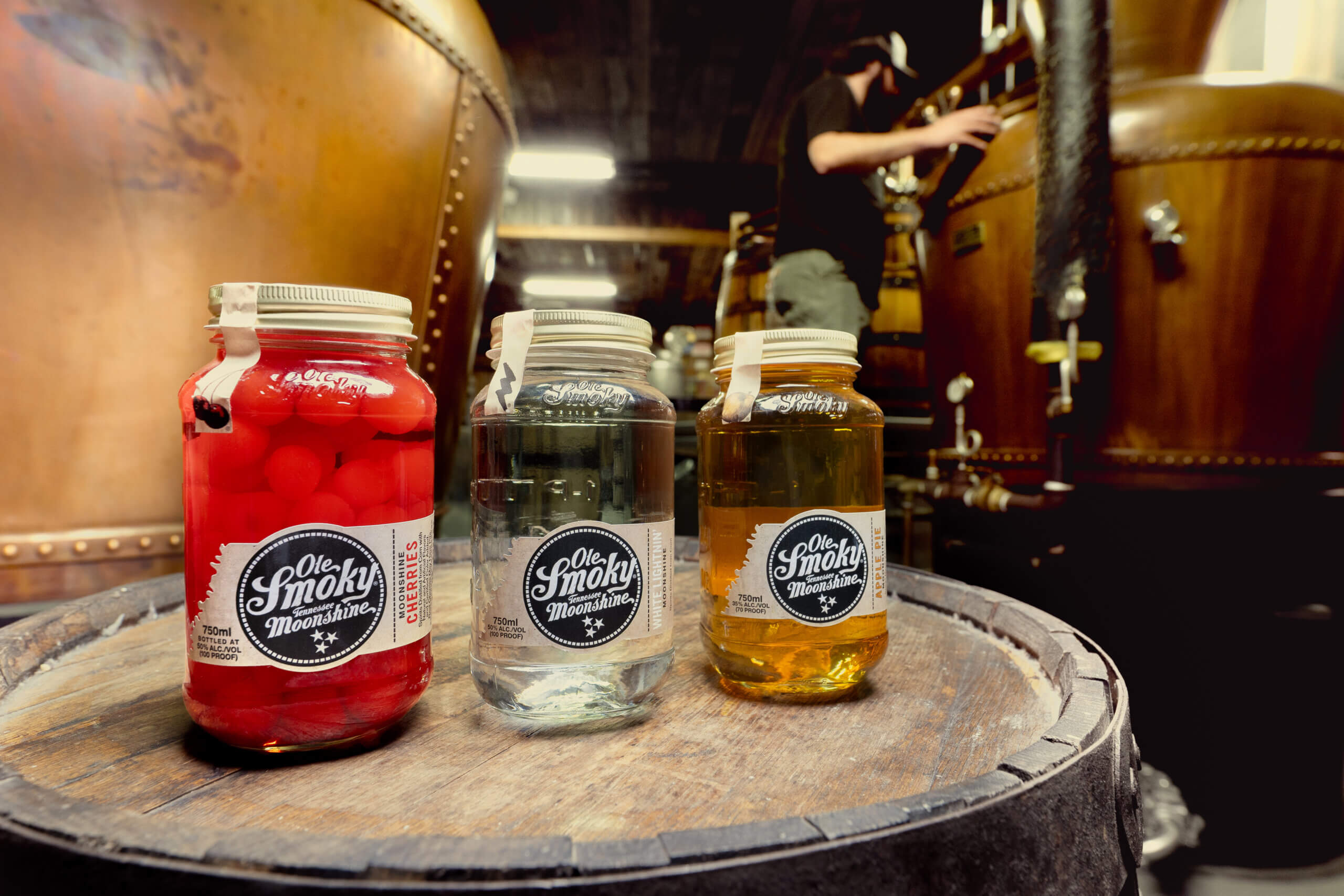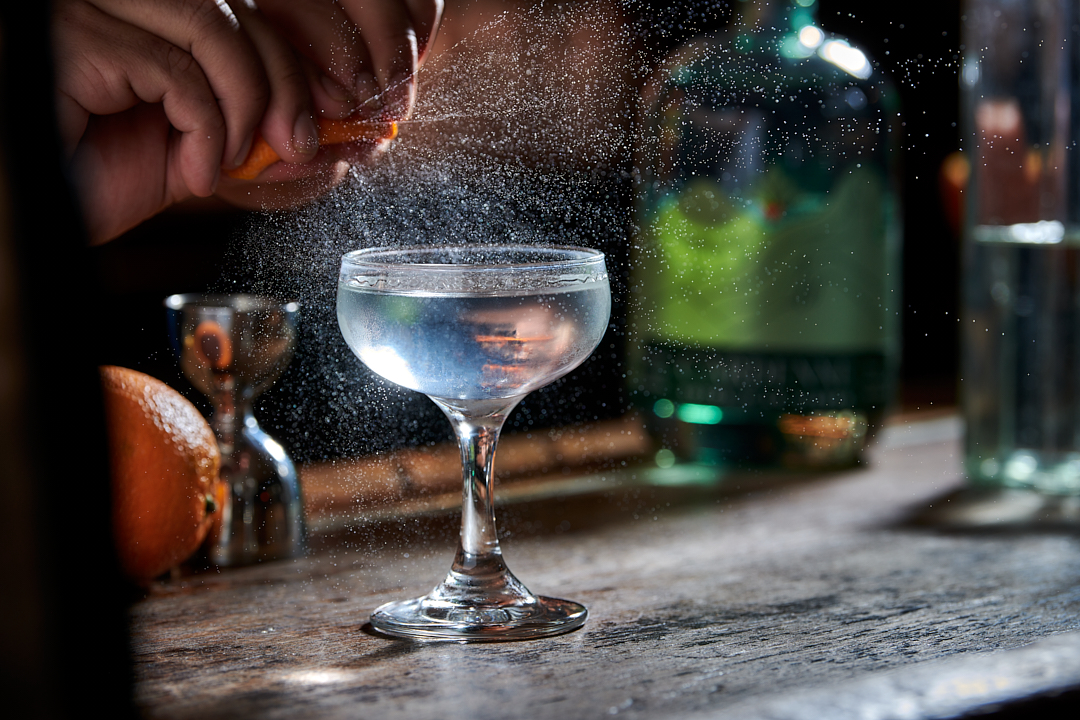Alien Fruits from Southeast Asia Add Zing to Cocktails
By Cydnee Murray
On a warm May afternoon, street vendors along Canal Street in Manhattan’s Chinatown sell all manner of fresh produce not commonly known to Western culture.
From the longan, which is related to the lychee, to the citrus-y, but little known kalamansi, the colorful and sometimes alien-looking fruits of Southeast Asia push the boundaries of taste and make for brilliant modifiers in a cocktail.

Longan
Longan
The lychee, that slimy, opalescent member of the soapberry family resembling a pearl onion once peeled, has sufficiently indoctrinated itself into the bartender’s repertoire. But its more discreet relative, the longan, has a stand-alone sweetness worthy of recognition. Described as having a sophisticated, but acquired taste, the longan, or “Dragon Eye” owing to the resemblance, tends to lack the subtle sour element of a lychee. Its mildly cloying nature makes it a good choice for mitigating the bitter edge of amaros and other herbal spirits. It also is said to mollify stomachaches and invigorate the heart and spleen.
Red Lantern Cocktail
Courtesy of Four Seasons Hotel Beijing
Ingredients:
- 3/4 oz. Shaojiu (Erguotou style, made from sorghum)
- 1 oz. Campari
- 1 oz. Red Date/Longan Tea Syrup*
- 2 dashes Spiced Sugar*
Preparation: Roll rim of glass with spiced sugar. Mix Shaojiu, Campari and red date/longan syrup together and shake with ice vigorously for 20 seconds. Double strain into an ice-filled glass.
To make red date/longan syrup: Steep a few dried dates and longan fruit in 3/4 cup of hot water for 20 minutes, then simmer over a low heat for 10 minutes. Pour in rock sugar to taste and stir constantly to prevent contents from sticking to the pan. Then drain the liquid and let sit in a flask for 10 minutes. Place flask in the fridge for at least 1 hour.
To make spiced sugar: Chop up one star anise pod and one cinnamon stick very finely, or grind in blender. Mix to taste with about 1 cup of raw cane sugar and possibly a few crushed candied plum petals.

Rambutans
Rambutan
Once more from the soapberry camp and rounding out the lychee alternatives, the rambutan definitely steals the show in the flashy looks department. With spindly hairs jutting from its protective red skin, its name is derived from the Malay word “rambut” meaning hair. Slightly larger than the lychee, it has a more acidic, almost grape-like quality about it that popular consensus prefers over the taste of the longan.

Sweet and Spicy Rambutan Cocktail
Sweet and Spicy Rambutan Cocktail
Courtesy of PineappleandCoconut.com/recipes
Ingredients:
For the Cocktail
- 12 Rambutans, peeled and seeds removed
- 4 Jalapeño slices (seeds removed if you don’t want super spicy) plus extra slices for garnish
- 1/2 tsp. Freshly grated ginger
- 2-3 tbsp. Lime simple syrup**
- 4 oz. White rum (such as Bacardi or Cana Brava)
- 2 oz. Patron Citronage (or triple sec)
- 1 cup Ice
- 1-2 Rambutans, cut in half for garnish
Preparation: Fill two rocks glasses with ice. In a shaker glass, muddle the jalapeños, ginger and rambutans well to extract as much juice as possible. Add ice, rum, Citronage and 2 tbsp. simple syrup. Shake well. Strain into the two rocks glasses. Garnish with rambutan and jalapeno slices. Taste and add more lime simple syrup for a sweeter drink if desired. Serves 2.
For the Lime Simple Syrup: In a measuring cup juice two limes and top with water to make a total of 1 cup. Pour into a sauce pan and add the 1 cup of organic sugar. Turn on the heat to medium and stir well until the sugar is dissolved. Bring to a simmer and let sit at a simmer for about 10 minutes to slightly thicken. Cool completely before using. Keep in an airtight jar in refrigerator for up to two weeks.
Note: If you can’t find fresh rambutans, you can substitute lychee. If you can’t find fresh lychee you can look for canned in any Asian specialty grocery store. The simple syrup can be made ahead of time.

Kalamansi
Kalamansi
The kalamansi, an acidic fruit grown in the Philippines and neighboring areas, is a hybrid between the kumquat and tangerine or similar citrus fruit. Called many names, including the Philippine lime, it possesses dueling sweet and sour elements, which, in cooking, help to mask fish odor. In cocktailing, it functions as an inventive lime juice alternative.

Subic Bay Cocktail
Subic Bay Cocktail
Courtesy of Marlo Gamora of Jeepney NYC (winner of Best Champagne Cocktail during New York Champagne Week 2014)
Ingredients:
- 1 oz. Mezcal
- 3/4 oz. Kalamansi honey*
- 1/2 oz. Lime
- 2 dashes Absinthe
- Champagne or sparkling to top
- Kaffir lime leaf, for garnish
Preparation: Shake and strain into a coupe. Top with champagne and garnish with Kaffir lime leaf.
To make Kalamansi Honey: Combine 5 oz. honey and 3 oz. Kalamansi juice until combined.

Whole Jackfruit
Jackfruit
The jackfruit, a member of the mulberry family, has a bizarre appearance right out of a sci-fi novel. Thailand and Vietnam produce a large percentage of this irregularly shaped fruit with meaty flesh. The largest tree fruit in the world, it comes in hard and soft varieties. The soft variety’s banana, mango, and pineapple notes work beautifully in Tiki drinks. Though its gooey consistency and pungent aroma may be off-putting, it’s nothing a blender can’t corral.

Absolut Stolen Fruit
Absolut Stolen Fruit
Courtesy of AbsolutDrinks.com
Ingredients:
- 2 oz. Absolut vodka
- 1 oz. Simple syrup
- 1 oz. Lemon juice
- 1 oz. Frangelico
- 3 pieces Jackfruit
Preparation: Muddle jackfruit and simple syrup in shaker. Fill with ice cubes. Add vodka, lemon juice, and Frangelico. Shake and strain into a rocks glass filled with crushed ice.

Dragonfruit
Pitaya aka Dragon Fruit
The pitaya, or dragon fruit, has an odd, unconventional beauty about it. Its rich red husk and seed-spotted pith give it a kiwi-on-mescaline quality. A native of Mexico, the cactus species now grows in parts of Southeast Asia such as Cambodia, Thailand, and Indonesia. The most common white-fleshed variety is said to taste blander than its red-fleshed counterpart. A mild, subtly nutty flavor with sweet components reminiscent of watermelon and pear, use the spoon-able inside for texture and the outer layer as a garnish.
Pitaya (dragon fruit) and Rambutan Mojito
Courtesy of HotandChilli.com
Ingredients:
- 3 tbsp. Fresh dragon fruit flesh
- 4 Strips dragon fruit skin
- 4 Rambutans (or lychees, rambutans are bit more acidic)
- 10 Mint leaves, some reserved for garnish
- 1 tbsp. White sugar, or more to taste
- 1/2 oz. Fresh lime juice
- 50 ml White rum
- 60 ml Tonic or soda water
- Ice cubes
Preparation: In the bottom of a cocktail shaker, muddle the dragon fruit flesh, the two strips of dragon fruit skin, rambutan flesh, ten mint leaves, the sugar and lime juice until well-mixed and the sugar has dissolved. Add the rum and a couple of ice cubes to the cocktail shaker and shake to combine. Add more ice to a glass, add the fruit mix and top with tonic or soda water. Garnish with a lime wedge and extra mint leaves and a strip or two of the pitaya (dragon fruit) skin.











